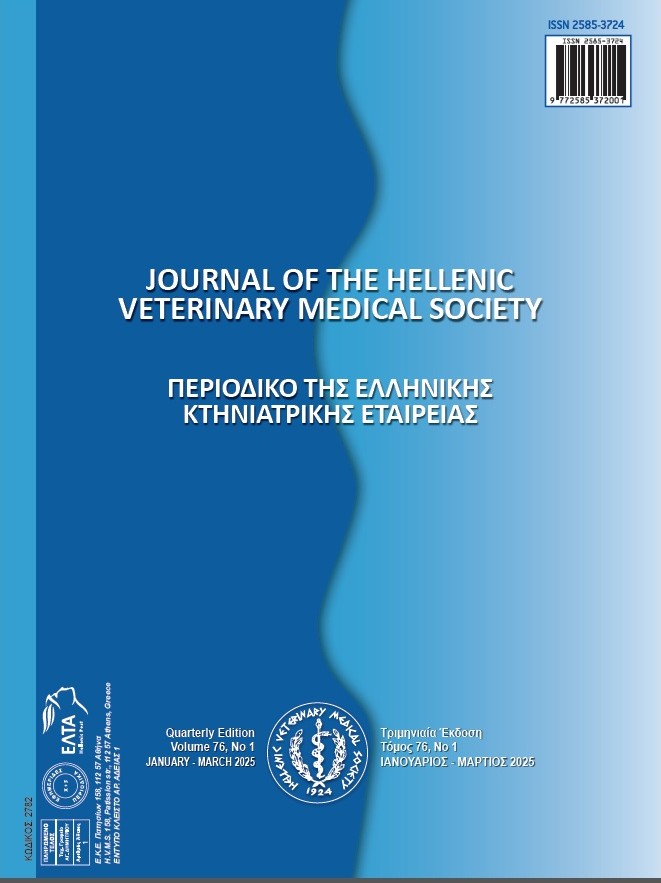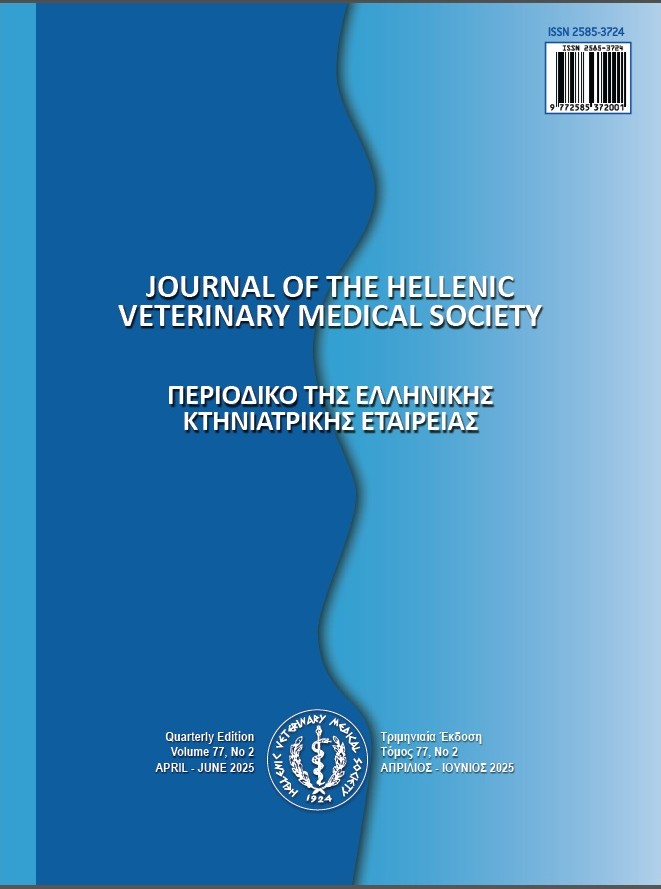- Effects of Reishi Mushroom (Ganoderma Lucidum) Powder Inclusion into Quail Diets on Animal Performance, Carcass Traits, Intestinal Microflora and Serum Parameters

Abstract
This study was carried out to determine the effects of reishi mushroom (Ganoderma lucidum) powder inclusion into quail diets on live weight, live weight change, feed consumption, feed conversion ratio, carcass traits, intestinal microflora and serum biochemical parameters of the animals. Dietary reishi mushroom (RM) addition did not influence live weight changes of the treatment groups (P> 0.05). Weekly and overall feed consumptions of the treatment groups were not influenced by RM supplementations (P> 0.05). There were not any significant differences in feed conversion ratios of the treatment groups (P>0.05). Dietary RM inclusion did not affect the overall carcass parameters (P> 0.05). The differences in intestinal bacteria populations of the treatment groups were not found to be significant (P> 0.05). Also, there were not any significant differences in blood serum total cholesterol, glucose, total protein and triglyceride levels of the treatment groups (P> 0.05). It was concluded that dietary RM inclusion into animal diets had a little effect on performance and carcass traits of Japanese quail. But there were slight improvements in some parameters due to antioxidant and antimicrobial effects of reishi mushroom. Further research is recommended to be conducted with greater ratios of dietary RM and with different poultry species.
Article Details
- How to Cite
-
Ulger, İ, Kaliber, M., Hizlisoy, H., & Ayasan, T. (2023). - Effects of Reishi Mushroom (Ganoderma Lucidum) Powder Inclusion into Quail Diets on Animal Performance, Carcass Traits, Intestinal Microflora and Serum Parameters. Journal of the Hellenic Veterinary Medical Society, 74(2), 5845–5852. https://doi.org/10.12681/jhvms.30440
- Issue
- Vol. 74 No. 2 (2023)
- Section
- Research Articles

This work is licensed under a Creative Commons Attribution-NonCommercial 4.0 International License.
Authors who publish with this journal agree to the following terms:
· Authors retain copyright and grant the journal right of first publication with the work simultaneously licensed under a Creative Commons Attribution Non-Commercial License that allows others to share the work with an acknowledgement of the work's authorship and initial publication in this journal.
· Authors are able to enter into separate, additional contractual arrangements for the non-exclusive distribution of the journal's published version of the work (e.g. post it to an institutional repository or publish it in a book), with an acknowledgement of its initial publication in this journal.
· Authors are permitted and encouraged to post their work online (preferably in institutional repositories or on their website) prior to and during the submission process, as it can lead to productive exchanges, as well as earlier and greater citation of published work.








